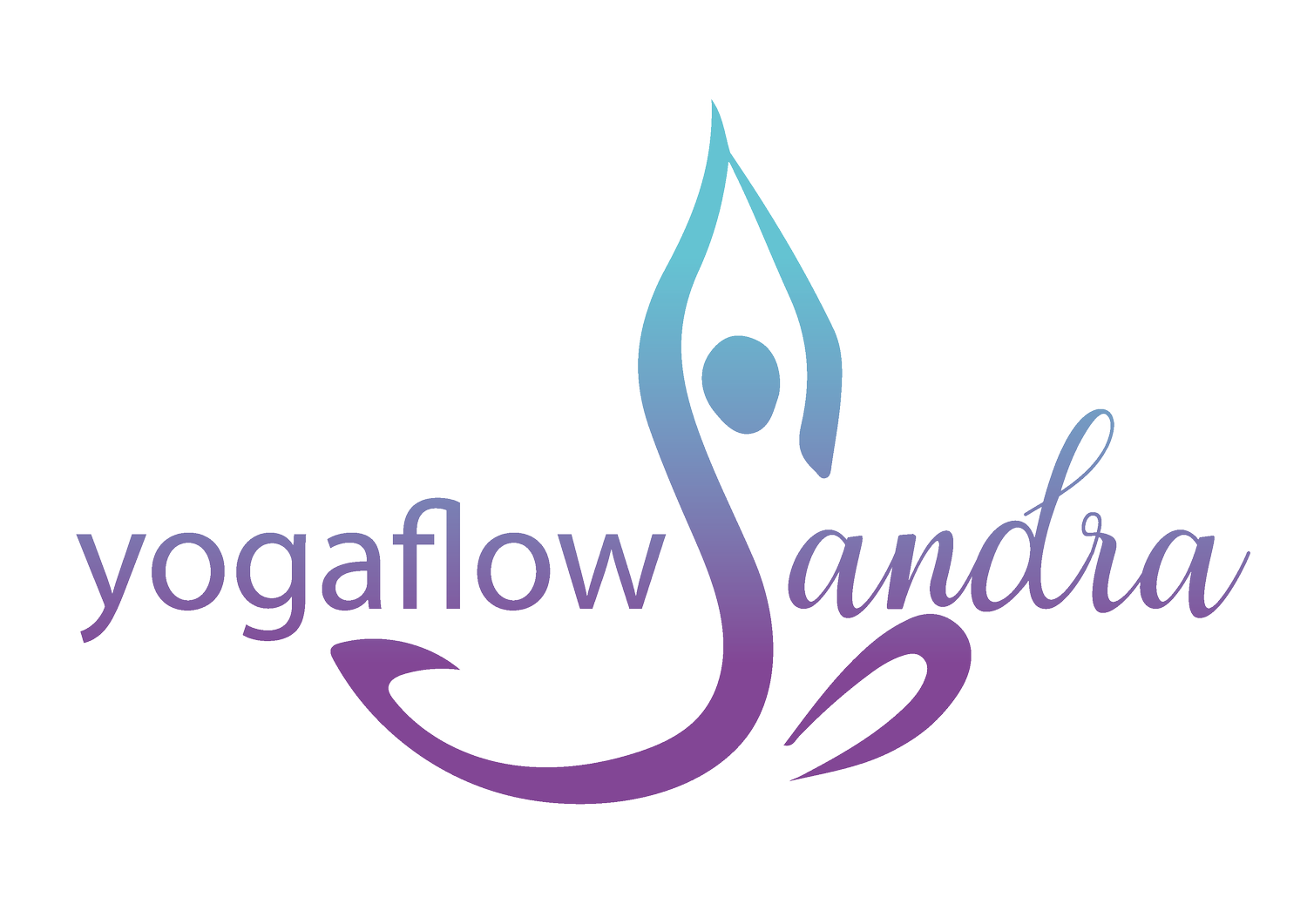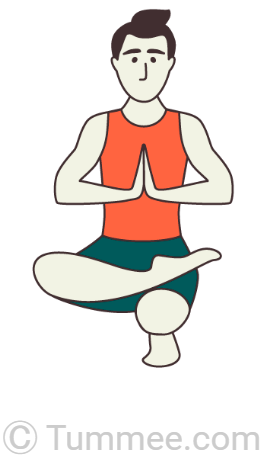What do Marilyn Monroe, Oprah Winfrey, Camilla Parker-Bowels all have in common?
What do the Dutch call knobbel op de grote teen, the Portuguese joanete and the French oignon?
Answer: A bunion. (Errr… surely you remember in French class reciting “Bonjour. Je m’appelle Sandra. J’ai un oignon”*
I now can be associated with the Queen Consort as I too have a petit oignon.
If you are unaware of what a bunion is, it’s a bony bump that forms on the joint at the base of the big toe, causing it to bend towards the other toes. Apart from wearing narrow shoes for a long time, it seems bunions are inherited. (Thanks mum.)
I am in the very early phase of “buniondom”. It isn’t painful nor causing difficulty walking or wearing shoes. All I can see is a little nobble by my big toe. However, what made me take notice was being told that I should avoid putting too much pressure on the big toe as this can exacerbate the condition. My immediate reaction was ‘Oh no, I can’t do toe-stands’*. The fact that I never do toe-stands and can’t actually do them, is by the by.*
4 Random toe facts
The Guinness World Record for having the most toes on a living person is Devendra Suthar born with 28 toes (14 on each foot)
The practice of foot-binding, common in China for centuries, involved breaking and binding young girls' toes to keep them under two inches.
The longest toenail ever recorded was Lee Redmond’s big toe measuring 8.65 cm (3.41 in).
The habit of cracking your toes, also known as joint popping, is generally harmless and occurs when gas bubbles in the joint fluid are released.
What can I do to help myself?
If one day my Knobbel op de grote teen were to get really bad, there is an operation to be had. (In essence, ‘chiselling’ the bone back into an acceptable shape.) In my highly sophisticated and clinical research I also found photos of Megan Markle’s feet before and after her bunion operation. You can barely see a scar. (Admit it, you’re pleased I included the link). However, there are simple steps to take to stop the bunion from getting worse (and having your toe sawn off).
1. Wear comfortable shoes that fit properly and have a wide toe box.
2. Avoid high heels or shoes with a pointed toe.
3. Use orthotic inserts to support your feet and improve your gait.
4. Stretch and exercise your feet regularly to improve flexibility and strength.
There is no scientific evidence on the effects of yoga specifically on bunions, but yoga is known to improve overall foot health, which in turn potentially helps alleviate some symptoms associated with bunions. Many yoga postures require you to activate and articulate the feet in lots of different ways, especially as they often are the foundation of a pose.*
I suspect that because we are barefoot in yoga, we do give our feet possibly more attention and a workout than many other activities. Having said this, despite all my yoga, I also realise how undexterous my toes are and figure a targeted foot workout is the way forward.
Targeted Foot workout
1. The Foot Twist. Begin by placing your big toe down with your foot pointing inwards and then twist. As you step down, you should feel lots of muscles activating. It’s like stubbing out a cigarette with your big toe and the other toes follow the movement, then the heal lowers. Now you have a wide foot. (Imagine dancing the Twist* or watch Uma Thurman/John Travolta in Jack Rabbit Slim’s Bar in Pulp Fiction.)
2. The toe spreader and massage. Interlace your fingers with your toes (as though you were pleading for mercy but there’s a foot instead of the other hand) The interlace is right fingers and left toes and swap. Once you’ve got the grip then start to mobilize and work the space between the bones.*
3. Texture Walking. It’s what it says on the tin. Walking on different surfaces gets the nerves in your feet firing. It improves communication from foot to brain, which is useful when we land funny or miss a step. So, take your shoes and socks off and get walking on sand, in mud, grass, stones etc
4. Marble Pick-up: Picking marbles up with your toes and dropping them to a mug, strengthens toes and improves flexibility. If you don’t have marbles, I figured you could just pick up random items from the floor with your feet. Try socks, coins, pens, teaspoons, mugs, tennis balls, champagne glass -full, and a drawing pin. (Surely that’ll make sure you get the feet to do what you want?)
Old Wives Tales
I was really hoping that there was an old wives’ tale about rubbing an onion on your bunion, which in turn would have made a lovely ditty. But alas, no such luck. Although if open your larder and you will find other interesting ideas as a cure.
Massaging the bunion with garlic oil or olive oil.
Placing a potato slice on the bunion and leaving it there overnight.
Soaking the feet in warm water mixed with Epsom salts or apple cider vinegar.
Rubbing the affected area with castor oil, vinegar, or iodine.
Applying a poultice made from crushed aspirin or chamomile tea.
The conclusion to my extensive and highly scientific research on the humble bunion, is do more yoga and love your feet more. I can help you with the first part, you have to do the second part.
A little ditty about bunions
Old wives' tales for bunions abound,
Garlic oil and potato slices, they have found,
Epsom salt and vinegar soaks, they tout,
Castor oil and aspirin poultices, they spout.
But one thing they forgot to mention,
Onions may not offer much prevention,
For bunions need more than just a rub,
Yoga's the answer, it's a natural hub.
Stretch those toes and strengthen those feet,
With yoga, bunions will face defeat,
No need for potions or old wives' tales,
Yoga is the remedy that never fails.
*“Hello. My name is Sandra. I have a bunion/ I have an onion.”
*Toe stand is a half lotus, tree stand squat- see image courtesy tummee.com
*Originates from 17 century to travel by the by (or bye) originally meaning to go via side roads (or byes) and not the main ones.
*E.g. A warrior 2 pose requires you to push firmly into the front bend knee foot whilst ensuring you are grounding down in the back foot - which most probably will want to roll inwards. (If this doesn’t make sense to you, come to one of my classes and you’ll experience what I mean.)
*The Twist was inspired by rock and roll circa 1959, critics found the dance too provocative.
* On this note, I also investigated “toe spreaders” and asked a podiatrist about their value. She said that there was no scientific evidence to prove that toe spreaders/ separators work. Which makes me think that the point of this exercise is not about the toe spreading part, but the mobilization part. I have just bought some toe spreaders and am going to try it if you are interested email me and I will tell you how I get on


